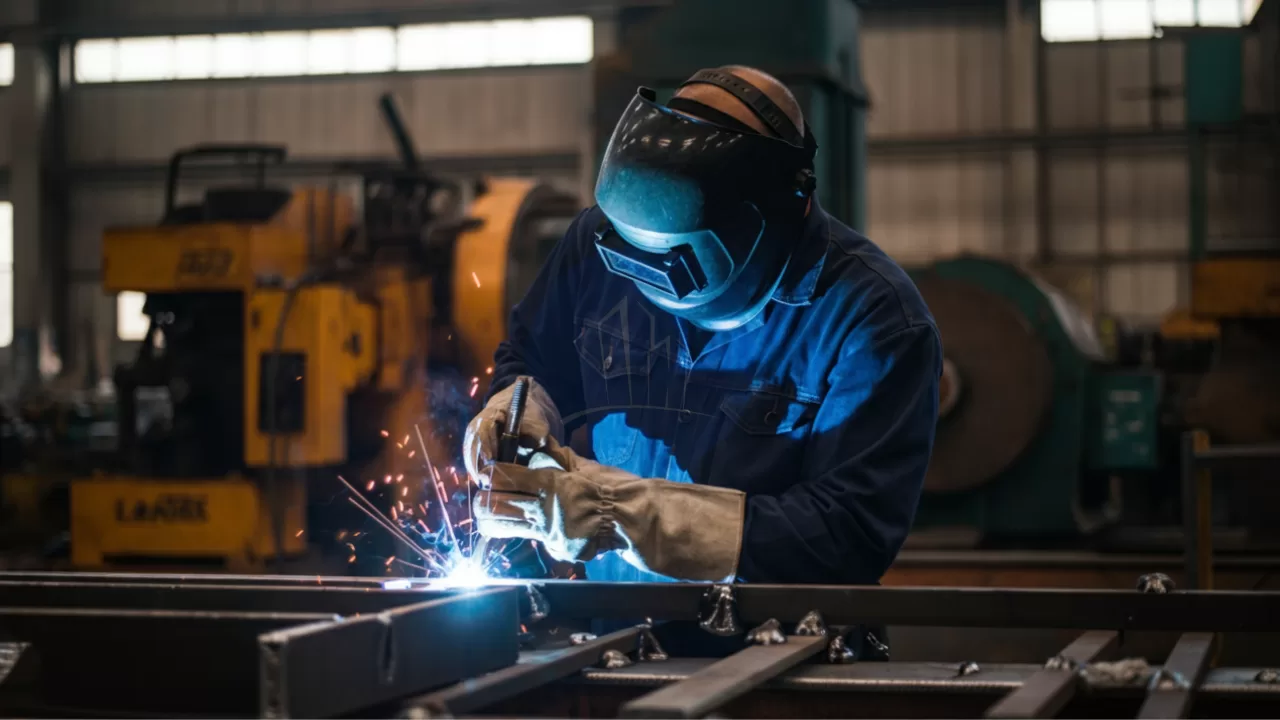Chain surveying is a widely popular method of surveying owing to its simplicity. Also, if the analysis is done carefully, it produces reasonably reliable results.
In the previous blog, we had shown you the Principle of Surveying in detail. Today, I will take you through the step by step procedure of conducting a chain survey. Let’s begin by discussing what is chain surveying.
Also read : Total station – Principles and fundamentals
What is chain surveying?
Chain surveying is a form of surveying that only takes linear measurements in the field. This is appropriate for surveying small areas with clear details and a relatively flat area. It gets its name from the fact that the chain is the most widely used piece of equipment.
The procedure of Chain Surveying:
Before going to the detailed procedure let’s first understand the instruments used in chain surveying.
Chain Surveying Instruments
- Chain or Tape
- Arrows (Arrows in Surveying).
- Pegs.
- Offset Rods.
- Range Rod (Ranging Rod).
- Offset Rods.
- Hammer.
Also Read : Applications of GPS – 6 Amazing applications unlocked.
Detailed Procedure of Chain Surveying
- A chain is used by two men to determine the distance between two points A and B.
- The forerunner is the man who grips the chain’s ends and pushes it forward, while the back end is the man who pulls the chain backwards.
- When using a chain, the precursor is given a drawing bar and ten arrows.
- The handle of the succeeding chain is held in place by a knob in the groove within the handle. And thereby pushing it down the heel of the foot and dragging the chain from the forearm to the perpendicular line to the line AB.
- The trajectory then pushes line AB to the left or right, depending on the instructions to the following precursor, until the straight line connecting points A and B is reached.
- When the drawing is done correctly, the forearm points to the ground with two lines cutting off each other, with the aid of a forward shaft.
- The forearm chain’s handle then grips the chain with both hands and lifts it precisely above the ground’s level.
- Now the precursor takes one of the ten arrows in its possession and places it in the semicircular groove on the outside of the chain’s handle.
- The end of a chain is indicated by these arrows. The forward chain is now being pushed forward.
- The pioneer is stopped from going forward when the next arrow is lowered. He’ll then be there for himself.
- The arrow drawn in the groove of the chain’s handle keeps the handle in place.
- This ensures that it fits perfectly between the two legs and draws the forearm to the line AB as mentioned above.
- Then straighten the leading chain and stop at it. The arrow is moved in the manner mentioned above.
- Before the successor steps behind it, he pushes the chain forward and raises the missing arrow from the ground.
- The quantification process is then repeated until position B is reached.
- At the start, the precursor is typically given ten arrows.
- Since the predecessor takes up the missing arrow successor, the total number of arrows at any given time should be ten.
- Since the width is calculated, it is impossible to forget the length of the entire chain.
- It is determined from the number of chain lengths counted by the arrow that leads to the successor.
- When all ten arrows have been passed to the successor, the field is noted and given to the forearm, allowing the distance to be measured.
- Finally, when the length of line AB is less than one entire chain, it is precisely drawn to calculate the leading chain B, which reads the distance ahead of the link and records the successor in the sector.
- When measuring distances, subsequent sketches must be made, and the measured distances must be recorded in the field book.
- As a result, his responsibilities extend beyond foregoing.
- Therefore, experienced and intelligent surveyors should be entrusted with the task of succession.
Advantages of Chain Surveying
- The tools for conducting a chain survey are easy to use.
- The easiest and most popular method of surveying is the chain surveying.
- The chain survey equipment can be quickly replaced.
Disadvantages of Chain surveying
- In densely populated areas, a simple chain survey is impossible to perform.
- It is time-consuming.
- When there are raised points between the areas to be surveyed, the chain survey process becomes more difficult.
- While surveying large areas, it is not possible to stretch the chain completely to its full length. The sagging of the chain causes errors in the measurement.
That’s it about Chain Surveying. Hope you found this article insightful.



